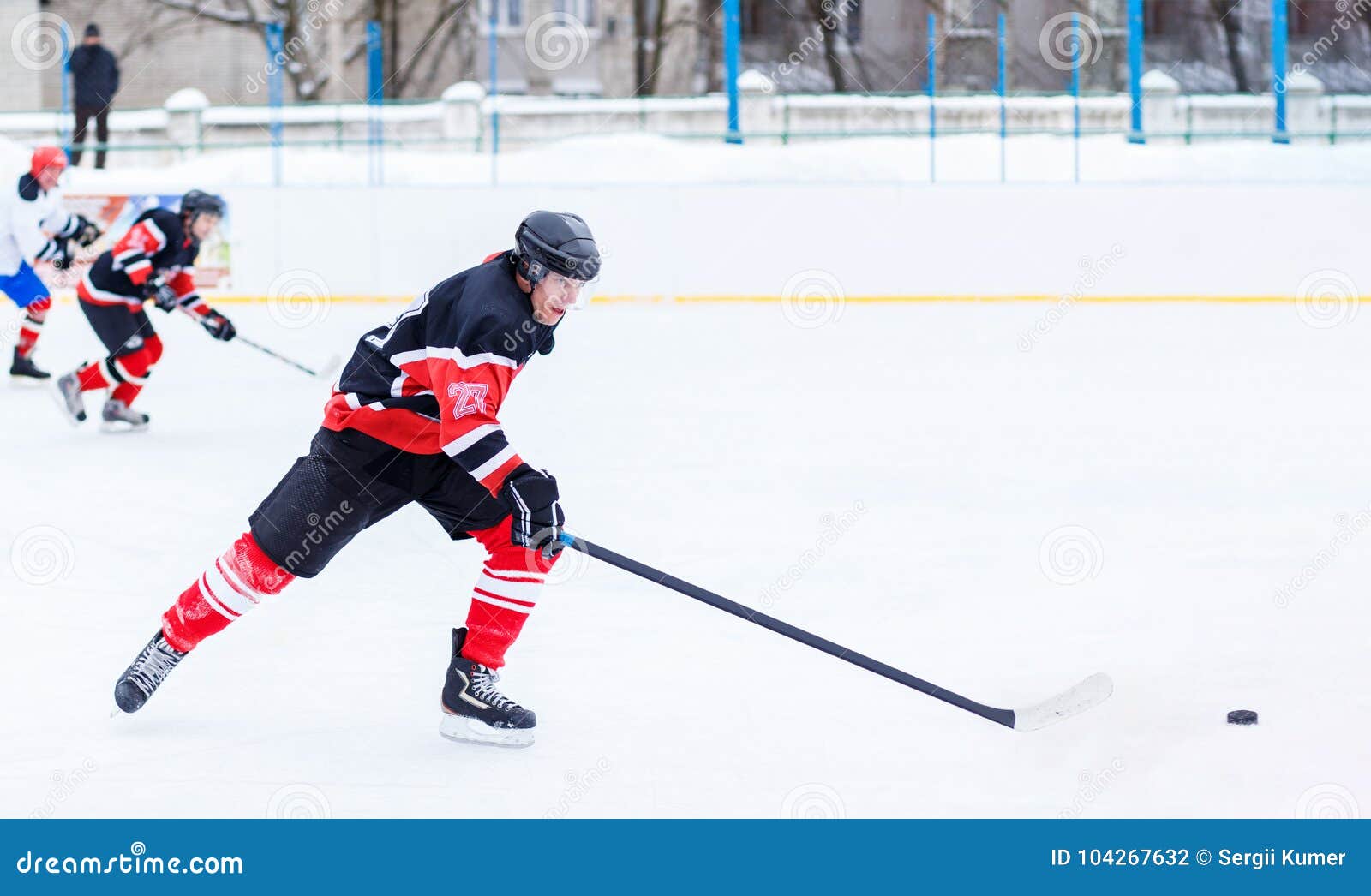

The whole of the puck needs to cross the line to be deemed a goal. They can use any part of their body or their stick to do so but cannot use their hand. To score a goal a player must hit the puck over the goal line. For every stoppage in the game the game clock is stopped and as soon as the time is up in each period then the game will instantly cease. The puck is hit by either a players stick or foot but at no point can the puck be handled by any player other than the goal tender.Įach game lasts for three 20 minute periods. The puck is heavy object made from dense rubber and weighs roughly 6 ounces. This does exclude the goal tender of which must remain within their half and not pass the center red line. Whilst each player will be given a position, the players are free to move around the ice as they choose. The six starters include a goal tender and 5 outfield players. The rest will be used as substitutes but can come and go from the game as often as required. Of these 20 players only six may be on the ice at any one time. Each goal tender will have the same but on a much denser scale due to them being in the firing line of the puck much more often.Įach team can have a maximum of 20 players. Behind the goal is the boards area.Įach player will have their own hockey stick along with ice skates and a series of padding which may include face mask, helmet, padded shorts, shoulder pads, arm guards and gloves. There is a goal crease which is a half circle surrounding the goal. In each attacking and defending zone are two end zone faceoff circles and spots. At either side of the neutral zone are attacking and defending zones of which are determined by whichever team has the puck at the time. The middle section is the neutral zone and includes a centre circle where the games start. The rink is split into three main sections. The game is played on an ice rink measuring roughly 61m in length by 30m in width.


 0 kommentar(er)
0 kommentar(er)
